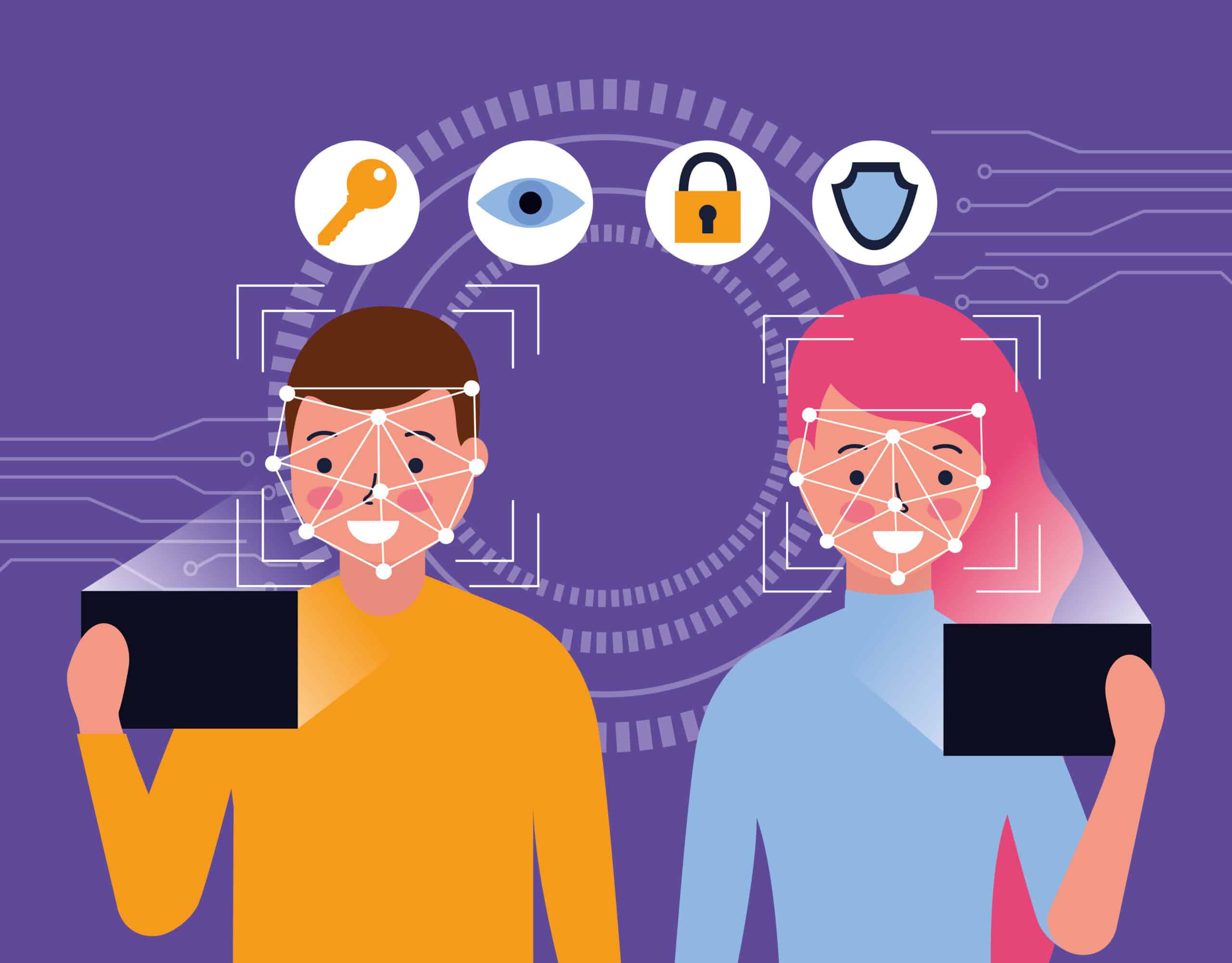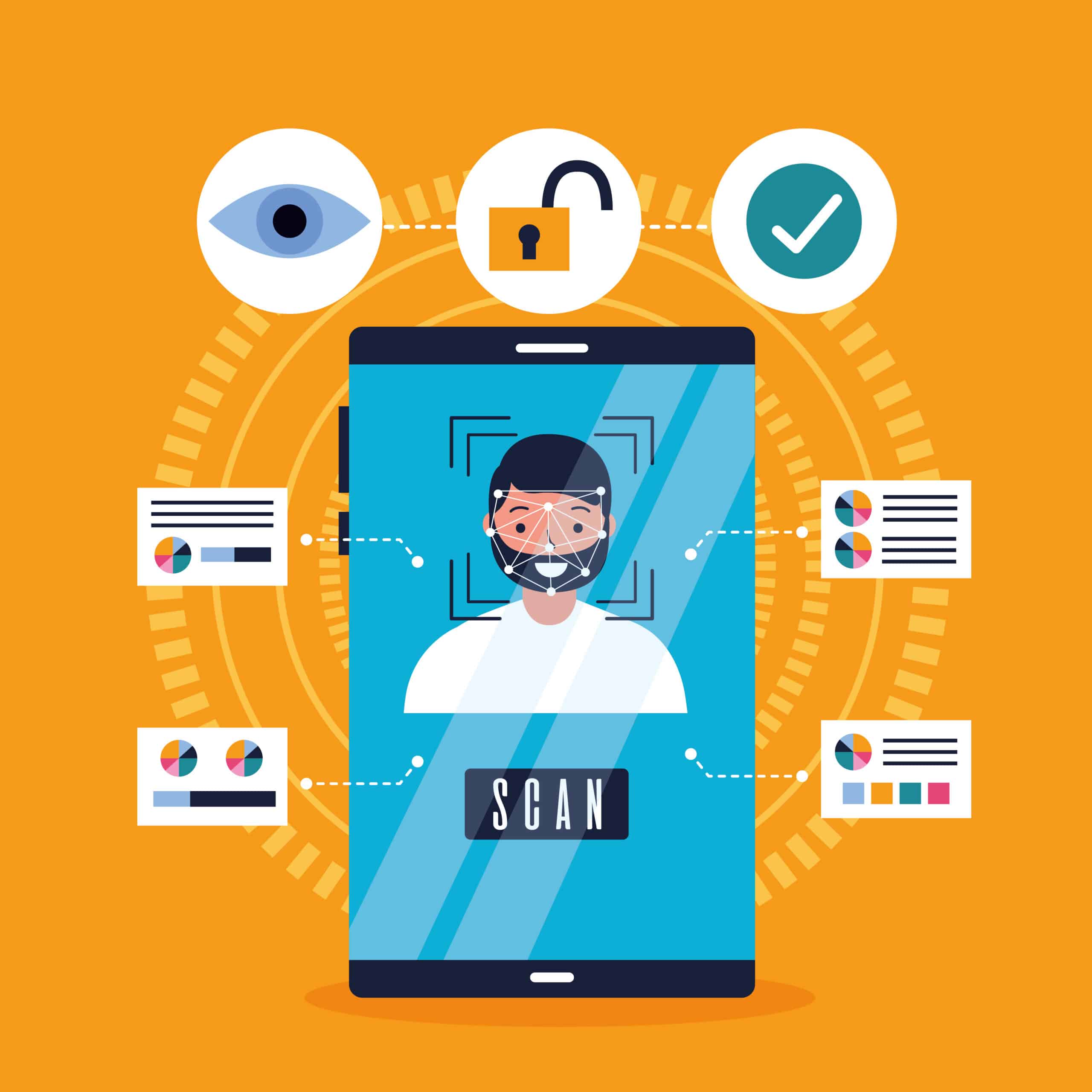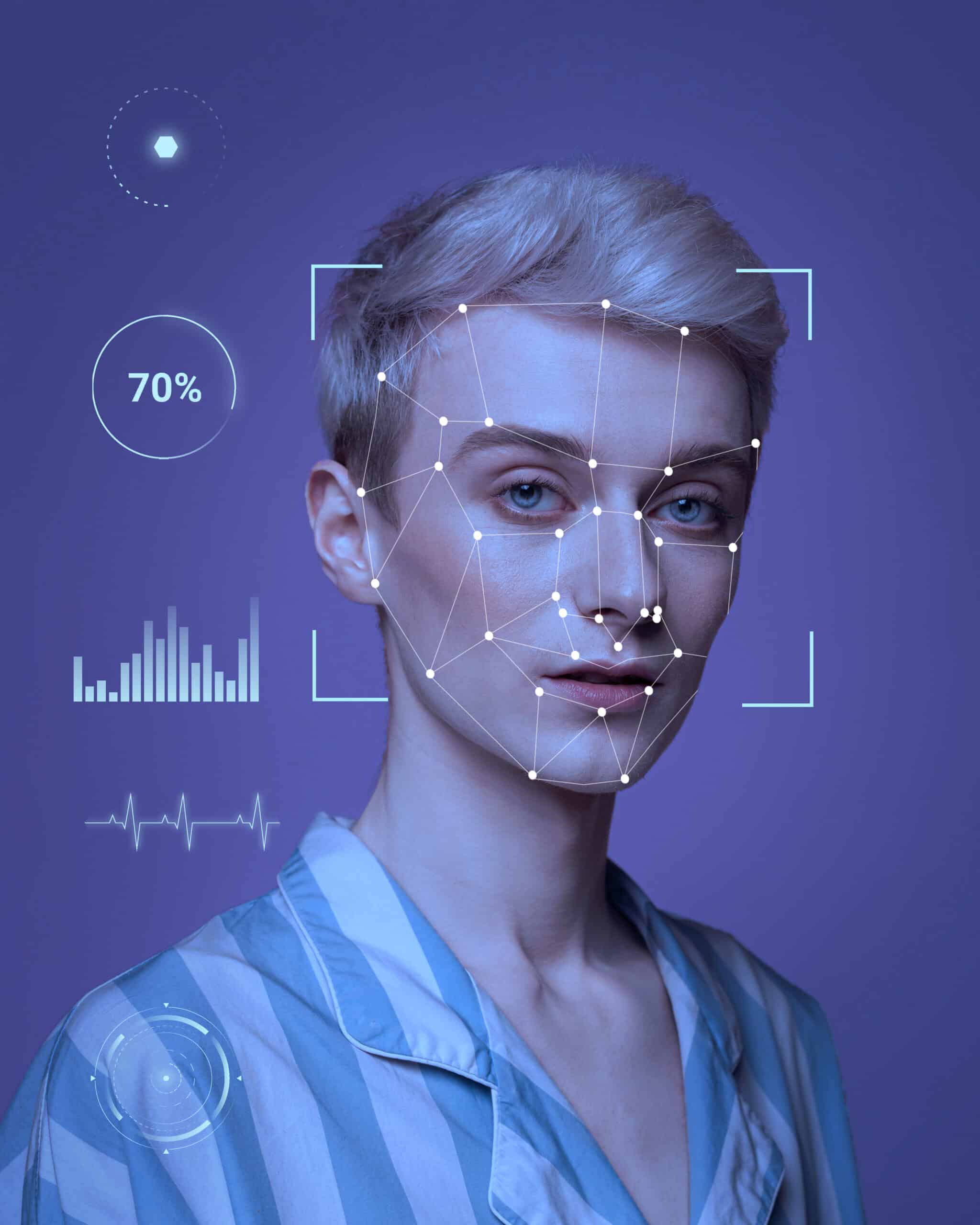Improving Customer Experience: Revolutionary Facial Recognition Identity Verification Solutions
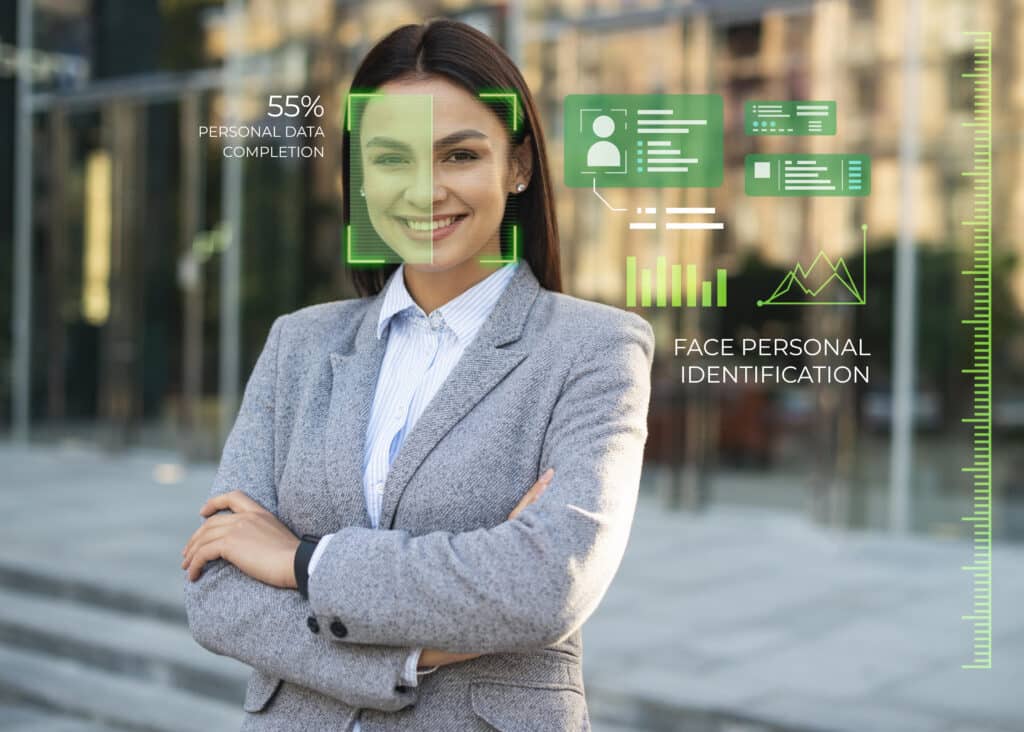
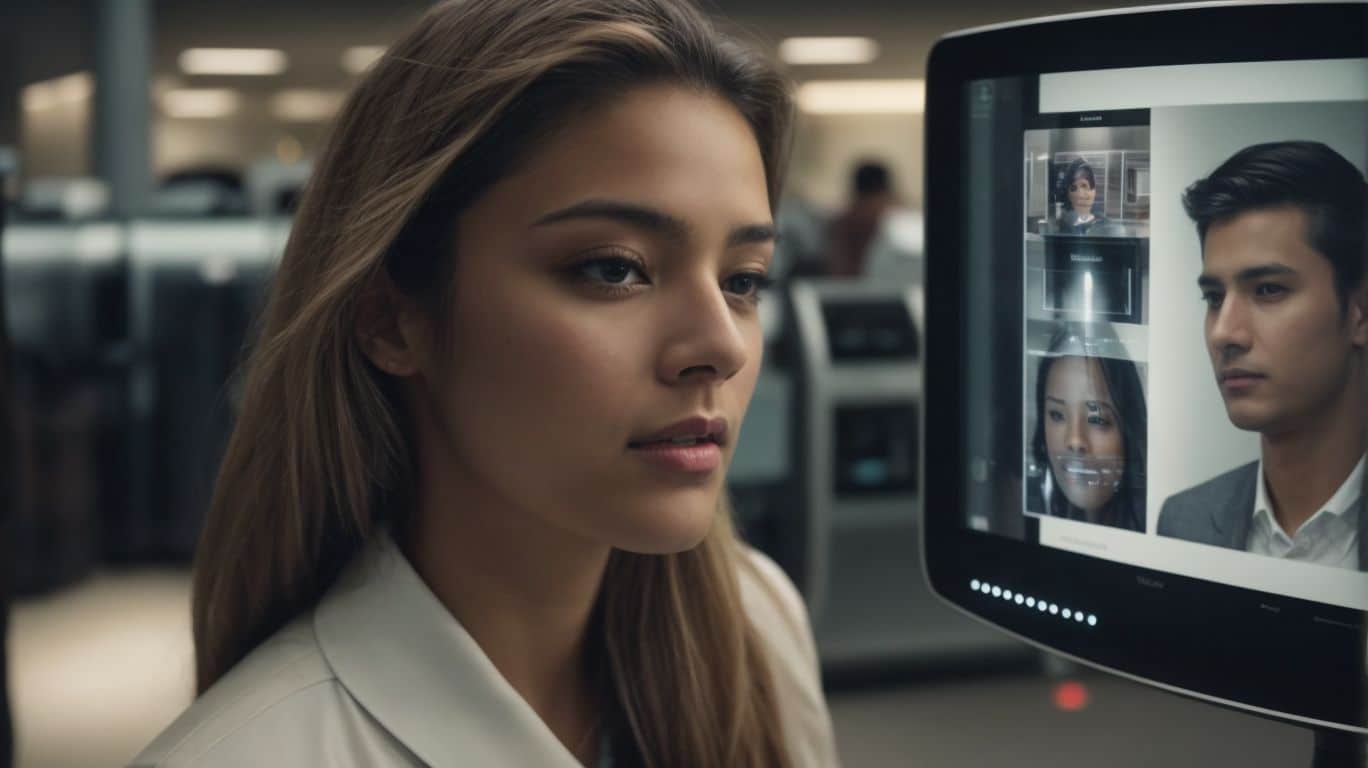
Facial recognition technology has revolutionized how businesses verify customer identities, providing increased security, improved customer experience, and faster verification processes.
In this article, we will explore how facial recognition identity verification works, its benefits, different types of solutions available, and how it can enhance customer experience.
We will also discuss potential concerns and limitations, as well as offer tips on successfully implementing facial recognition identity verification in businesses.
Discover how this technology is shaping the future of customer interactions.
What Is Facial Recognition Identity Verification?
Facial Recognition Identity Verification is a cutting-edge biometric technology solution that enhances security by using facial features for user authentication and identity verification.
This innovative technology works by capturing and analyzing unique facial measurements and patterns, such as the distance between the eyes, nose, and mouth, to create a biometric template for each individual. This ensures a highly accurate method of confirming the identity of a person, as these facial characteristics are difficult to replicate or forge.
As a result, organizations and institutions across various industries are increasingly adopting facial recognition identity verification as a secure and efficient means of access control and user validation. Combining convenience with robust security measures, the utilization of facial recognition technology is revolutionizing the way identity verification is conducted in today’s digital world.
How Does Facial Recognition Identity Verification Work?
Facial Recognition Identity Verification works by analyzing facial biometrics in real-time, integrating technology to verify user identity securely and accurately.
Through advanced algorithms, this sophisticated system captures unique facial features such as the distance between eyes, shape of the nose, and contours of the face. The technology then compares these biometric data points with stored templates to confirm the identity of the individual. Real-time verification methods ensure quick and seamless authentication, reducing the risk of unauthorized access. The accuracy of this process is continuously improving, with machine learning enhancing the system’s ability to distinguish between genuine users and fraudulent attempts.
What Are the Benefits of Facial Recognition Identity Verification?
Facial Recognition Identity Verification offers enhanced security features, improved customer experience through personalized services, and seamless user authentication for a secure and convenient experience.
By implementing facial recognition technology, businesses can significantly increase their security measures. With the ability to accurately verify the identity of individuals in real-time, the risks of fraudulent activities and unauthorized access are greatly reduced.
This technology allows for a more personalized approach to customer interactions, tailoring services based on individual preferences and behaviors. The convenience of facial recognition authentication streamlines the user experience, saving time and effort while ensuring a high level of security.
The integration of facial recognition adds a layer of trust and efficiency, ultimately leading to increased customer satisfaction.
Increased Security
Facial Recognition Identity Verification provides enhanced security measures, aiding in fraud prevention through advanced technology integration.
This innovative technology helps in detecting any discrepancies in facial features, making it harder for unauthorized individuals to gain access. By comparing live images with stored biometric data, facial recognition ensures accurate identification of users, reducing the risk of identity theft or unauthorized access. The real-time verification process adds an extra layer of security, ensuring that only authorized individuals can access sensitive information or restricted areas. The integration of facial recognition with other security systems such as access control and surveillance cameras creates a comprehensive security infrastructure that effectively combats fraud and enhances overall safety.
Improved Customer Experience
Facial Recognition Identity Verification contributes to an improved customer experience by enhancing satisfaction levels through personalized services and secure access.
This advanced technology allows businesses to tailor their services to each individual user, creating a more personalized and efficient interaction. By verifying a customer’s identity quickly and accurately, companies can offer targeted promotions and recommendations that align with their preferences. This level of customization not only increases customer satisfaction but also fosters a sense of loyalty as users feel valued and understood. In turn, this enhanced level of service can lead to increased customer retention and positive word-of-mouth referrals, further solidifying the bond between the business and its clientele.
Faster and More Accurate Verification Process
Facial Recognition Identity Verification streamlines the verification process, offering real-time verification with enhanced accuracy and fraud detection capabilities.
By utilizing advanced algorithms and biometric technology, this innovative method of verification can significantly reduce wait times and minimize the risk of identity fraud. The speed and efficiency of facial recognition technology can authenticate an individual’s identity within seconds, allowing for swift access to secure systems or locations. Its high level of accuracy ensures that only authorized individuals are granted access, enhancing overall security protocols.
The incorporation of fraud detection mechanisms adds an extra layer of protection, flagging any suspicious activities or attempts at deception. This comprehensive approach to identity verification not only enhances security but also improves user experience by simplifying the verification process.
What Are the Different Types of Facial Recognition Identity Verification Solutions?
Facial Recognition Identity Verification solutions encompass various types including 2D, 3D, and thermal imaging technologies tailored for secure user authentication.
- 2D facial recognition technology captures and analyzes biometric data from the features visible on a 2D image of a face. This method is commonly used in smartphones and entry-level security systems for its efficiency.
- On the other hand, 3D facial recognition technology adds an extra layer of security by measuring the contours and depth of a face, making it harder to spoof.
- Thermal imaging technology detects heat patterns emitted by the face, making it useful in scenarios where traditional recognition methods may not work, such as low-light conditions or challenging environmental factors.
2D Facial Recognition
-
- 2D Facial Recognition technology analyzes facial features for user identification and fraud prevention purposes, enhancing security measures.
By comparing an individual’s facial characteristics captured by a camera or scanner with stored data, this technology plays a crucial role in ensuring secure transactions and preventing unauthorized access. Its precise analysis of features like eye shape, nose structure, and facial contours enables swift and accurate identification, making it a valuable tool for various industries.
- The seamless integration of 2D Facial Recognition technology into existing systems enhances user experience by offering a convenient and efficient way to access services securely.
3D Facial Recognition
3D Facial Recognition technology offers secure access and improved user experience through advanced facial authentication methods.
This technology works by capturing detailed facial features to create a unique biometric profile for each user, making it extremely difficult for unauthorized access. 3D Facial Recognition technology enhances user experience by providing a seamless and convenient authentication process, eliminating the need for passwords or pins. It ensures reliable user authentication by detecting and analyzing the distinct three-dimensional features of a person’s face, such as depth, texture, and shape, adding an extra layer of security to sensitive data and information.
Thermal Imaging Facial Recognition
Thermal Imaging Facial Recognition technology integrates identity management and behavioral analytics for multi-factor authentication, enhancing security features.
This cutting-edge technology operates by capturing and analyzing the heat patterns emitted by the human face, allowing for precise and reliable identification. By combining facial recognition with thermal imaging, it not only verifies a person’s identity but also detects anomalies in body temperature, adding an extra layer of security. The behavioral analytics aspect of this technology enables organizations to track and monitor patterns of human behavior, identifying suspicious activities and potential threats in real-time.
How Can Facial Recognition Identity Verification Enhance Customer Experience?
Facial Recognition Identity Verification enhances customer experience by streamlining verification processes and enabling personalized interactions for enhanced customer satisfaction.
This technology simplifies the verification process by quickly and accurately verifying a customer’s identity, eliminating the need for cumbersome manual checks. With personalized interactions, businesses can tailor their services to meet individual preferences, creating a more engaging and satisfying customer journey. By prioritizing customer satisfaction, Facial Recognition Identity Verification instills trust and confidence, leading to repeat business and positive word-of-mouth referrals. This innovative solution contributes to a seamless and efficient customer experience that sets businesses apart in today’s competitive market.
Streamlined Verification Process
Facial Recognition Identity Verification streamlines the verification process through automation, leading to enhanced customer service and efficient processes.
This groundbreaking technology promotes a quicker and seamless verification experience for customers. By automating the identification process, businesses can significantly reduce waiting times and human errors. The use of Facial Recognition technology enhances the level of security, ensuring that only authorized individuals can access sensitive information. This streamlined process not only benefits the end-users but also leads to a more efficient operational workflow for organizations, ultimately increasing productivity and customer satisfaction.
Personalized Service
Facial Recognition Identity Verification offers personalized services while ensuring data security, privacy protection, and user consent compliance standards.
This technology allows businesses to enhance customer interactions by tailoring services to individual preferences, thereby creating a more engaging and seamless experience. Through the use of Facial Recognition, companies can analyze customer behavior, predict needs, and provide efficient, customized solutions. By prioritizing data security protocols and privacy measures, businesses can build trust with customers and demonstrate a commitment to safeguarding sensitive information.
Ensuring compliance with user consent regulations fosters transparency and ethical practices in leveraging facial recognition technology for enhanced customer service.
Increased Convenience
Facial Recognition Identity Verification provides increased convenience, driving digital transformation with efficient processes that enhance customer trust.
The seamless integration of facial recognition technology streamlines the identification process, eliminating the need for manual entry and reducing the risk of errors. This not only enhances security measures but also expedites access to services, creating a user-friendly experience for individuals.
By automating identity verification, businesses can offer a more efficient and secure interaction, bolstering customer confidence in their services. This technology not only saves time but also aligns with the modern-day preference for fast, yet secure, online transactions, positioning facial recognition as a key player in enhancing overall digital experiences.
What Are the Potential Concerns or Limitations of Facial Recognition Identity Verification?
While Facial Recognition Identity Verification offers enhanced security, there are concerns regarding privacy, potential biases, and technical issues that need to be addressed.
- Privacy implications arise as individuals may worry about the collection and storage of their biometric data. The risk of data breaches leading to unauthorized access to personal information is a valid worry.
- In addition, biases in the algorithms used for facial recognition can result in inaccuracies, especially for certain demographics. Technical challenges, such as identifying faces accurately in varying lighting conditions or angles, further complicate the reliable implementation of this technology.
Privacy Concerns
Privacy concerns related to Facial Recognition technology revolve around data protection, user privacy, and compliance with stringent privacy standards.
- Data protection is a critical aspect when it comes to Facial Recognition technology as it involves the collection and storage of sensitive biometric information, which, if mishandled, can lead to severe consequences.
- User privacy consideration in this context is of utmost importance as individuals may not be aware of how their facial data is being used and shared, raising ethical issues about consent and transparency.
- Ensuring compliance with privacy regulations, such as GDPR or CCPA, is vital to safeguarding the rights of individuals and preventing potential misuse of facial recognition data.
Biases and Inaccuracies
Biases and inaccuracies in Facial Recognition technology highlight the need for advanced technology to mitigate these issues, particularly in fraud detection mechanisms.
The reliance on Facial Recognition technology for fraud detection and prevention measures brings to light the critical role that advancements in artificial intelligence and machine learning can play in refining the accuracy of such systems.
With the potential for errors in identifying individuals due to various factors like lighting conditions or demographic biases, there is a pressing need for continuous innovation in algorithm development.
By leveraging cutting-edge technologies, organizations can enhance the effectiveness of their security protocols and minimize the risks associated with false positives or negatives in biometric identification processes.
Technical Issues
Technical issues in Facial Recognition technology can impact the seamless experience, secure access, and effectiveness in fraud prevention measures.
These challenges can manifest in various ways, such as accuracy issues, particularly when dealing with diverse demographics or varying lighting conditions. Ensuring data privacy and protection is paramount to maintain user trust and comply with regulations. Implementing robust anti-spoofing techniques is crucial to prevent unauthorized access, while optimizing the software to work efficiently across different devices can pose further hurdles. Additionally, balancing the need for advanced security measures with user convenience remains a key consideration for developers in this rapidly evolving field.
How Can Businesses Implement Facial Recognition Identity Verification?
Businesses can implement Facial Recognition Identity Verification by choosing the right solution, ensuring compliance with regulations, and effectively communicating with customers for a secure identity verification process.
- Selecting the appropriate facial recognition technology that aligns with the specific needs and scale of the business is crucial. It is imperative to consider factors like accuracy, speed, scalability, and integration capabilities when evaluating different solutions.
- Ensuring regulatory compliance is paramount in the deployment of facial recognition technology. Businesses must stay abreast of privacy laws, data protection regulations, and security standards to safeguard customer information.
Clear communication with customers about the use of facial recognition for identity verification builds trust and transparency in the process.
Choosing the Right Solution
Selecting the appropriate Facial Recognition software is crucial for businesses to ensure reliable authentication, seamless technology integration, and enhanced security features.
Having a reliable authentication system in place helps in preventing unauthorized access to sensitive data, thereby safeguarding customer information and maintaining compliance with data protection regulations.
Seamless integration of Facial Recognition technology with existing systems streamlines operations and enhances user experience. Advanced security features like anti-spoofing mechanisms and encryption further bolster data protection measures, instilling trust among customers and stakeholders regarding the business’s commitment to security.
Ensuring Compliance with Regulations
Businesses must prioritize compliance with regulations to build customer trust, facilitate secure transactions, and streamline identity verification processes through Facial Recognition technology.
Ensuring regulatory compliance in the implementation of Facial Recognition technology is crucial not only for enhancing security measures but also for abiding by legal frameworks. Additionally, by adhering to established regulations, businesses can demonstrate their commitment to safeguarding customer data and preventing any misuse of facial recognition technology.
Compliance helps in optimizing identity verification processes, enabling smoother and more efficient authentication procedures while maintaining privacy and data protection standards. Ultimately, by aligning with regulatory requirements, businesses can establish a foundation of trust with their customers, ensuring transparency and accountability in their facial recognition practices.
Communicating with Customers
Effective communication with customers is essential in implementing Facial Recognition technology, ensuring personalized marketing, secure customer interactions, and robust user data protection.
By establishing clear lines of communication with customers, businesses can enhance the adoption of Facial Recognition technology by showcasing the benefits of personalized marketing strategies tailored to individual needs. Transparent communication also plays a crucial role in ensuring secure user experiences, giving customers confidence in the protection of their personal data. Additionally, implementing stringent data protection measures, such as encryption and privacy policies, fosters trust among users and reinforces the importance of maintaining high standards of security and privacy in the digital landscape.
Frequently Asked Questions
What is facial recognition identity verification?
Facial recognition identity verification is a technology that uses facial biometrics to verify the identity of an individual. It compares a person’s facial features against a database of reference data to confirm their identity.
How does facial recognition enhance customer experience?
Facial recognition enhances customer experience by providing a fast and secure way for customers to verify their identity. It eliminates the need for manual verification processes, reducing wait times and making the overall experience more convenient for customers.
What are the benefits of using facial recognition for identity verification?
Using facial recognition for identity verification offers several benefits, such as increased security, improved accuracy, and faster verification processes. It also provides a seamless and user-friendly experience for customers.
Is facial recognition identity verification safe?
Yes, facial recognition identity verification is safe when implemented correctly. Advanced algorithms and security measures are used to protect sensitive data and prevent unauthorized access.
What industries can benefit from facial recognition identity verification solutions?
Facial recognition identity verification solutions can benefit a variety of industries, including banking, healthcare, travel and hospitality, retail, and government agencies. Any industry that requires secure and fast identity verification can benefit from this technology.
Is facial recognition identity verification legal?
The legality of facial recognition identity verification varies by country and region. It is important for businesses to comply with local laws and regulations when implementing this technology. In most cases, using facial recognition for identity verification is legal as long as the individual’s consent is obtained.

